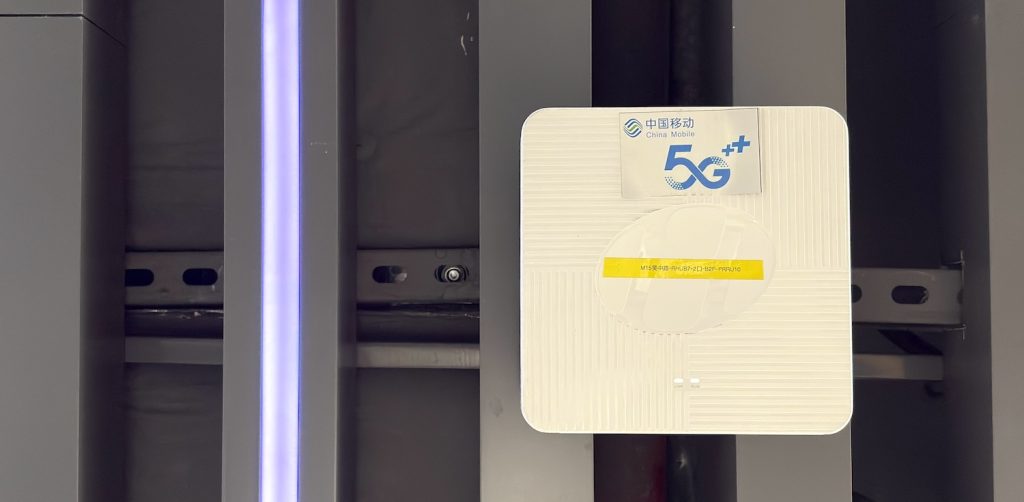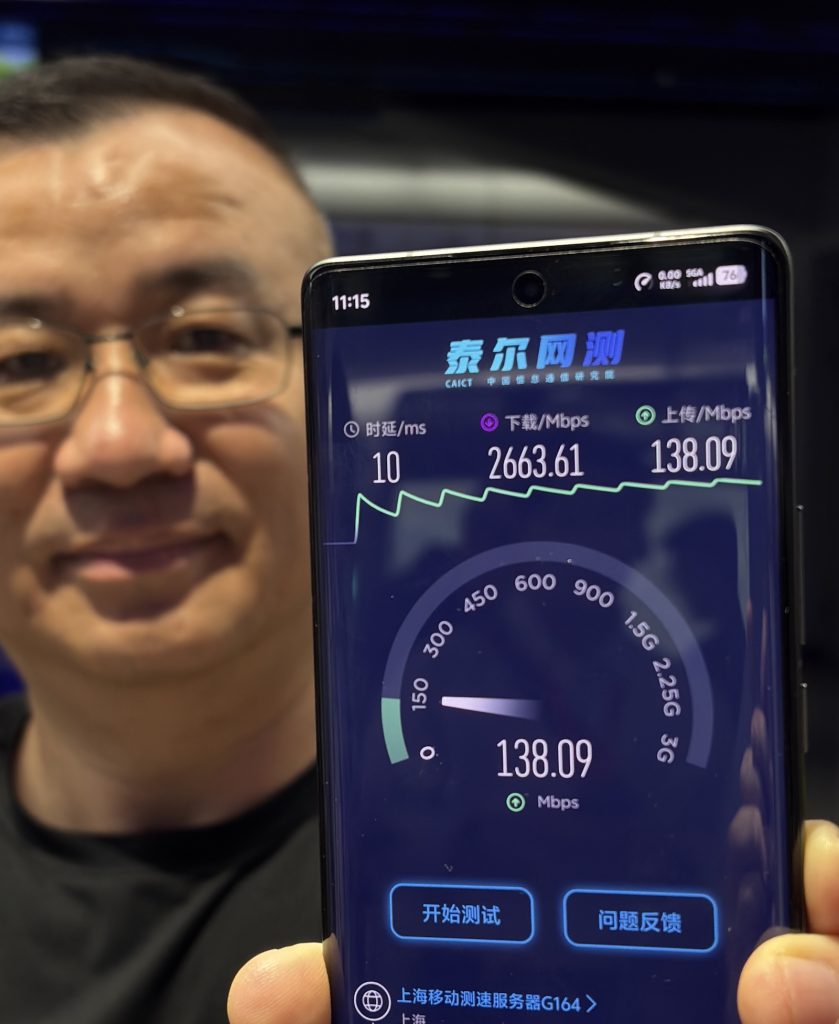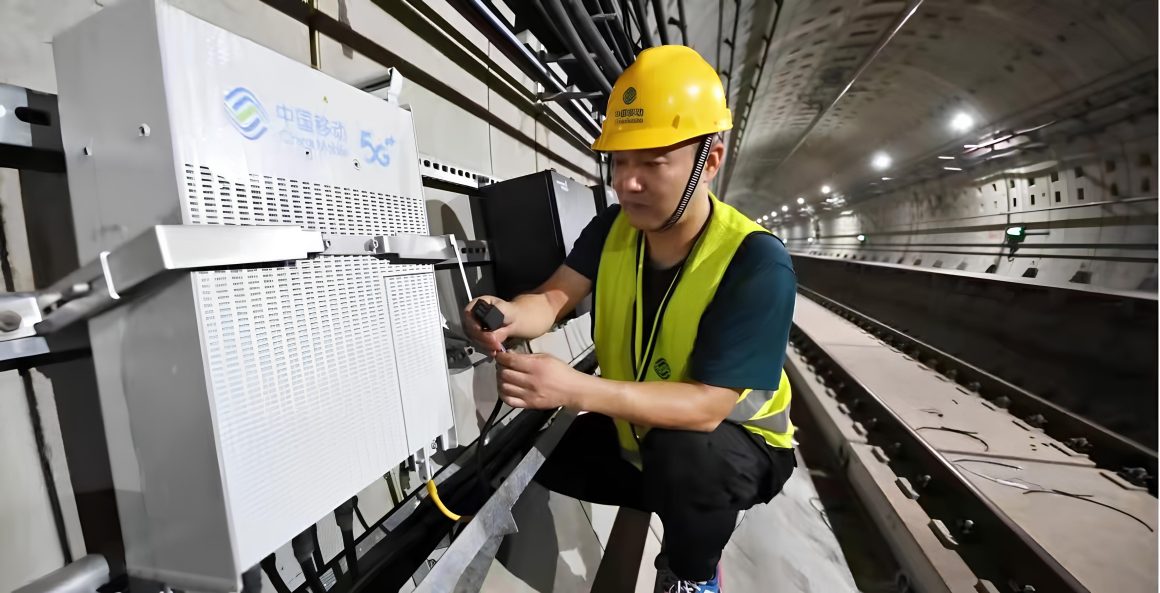The Shanghai Metro is the world’s largest subway network. It has 517 stations spread across 896 km (556 miles) of extension. Its 21 lines carry around 2.2 billion passengers annually, enough to set a Guinness Book record.
It also features the largest 5G network on the planet, with more than 2,000 Huawei base stations serving the system, a Metro spokesperson said.
He spoke during Huawei’s Analyst Talk, in Shanghai, under the Chatham House Rule, and answered questions from TelcoForge.
According to him, 5G has enabled much more than high-speed connectivity to users. This may be the most popular use case, but one that reflects only a part of what the network is capable of.
“5G deployments allow for [activities like] rail dispatch, remote management, and precise positioning, which is a critical requirement for ensuring personnel safety,” he said.
Positioning, by the way, accounts for a good share of the most useful capabilities the network enables. Inside the tunnels, the control centre can see where teams are with a precision of one to five metres. Outside, the range increases to ten metres, with a promise to lower this number to somewhere between one and three metres in the future.
In practice, it means the control centre can better optimise staff management, reducing the emergency response from minutes to seconds. For example, they can dispatch a team when an anomaly shows up on the big screens in control rooms, where over 5,000 employees manage operations across the system.

Call Me Maybe?
Although this enhanced passive monitoring has already improved the service quality, 5G-Advanced has enabled another capability that complements operations: video calling.
“The introduction of 5G image transmission allows for video inspection,” the spokesperson said. “For example, we have a list of all trains drivers [train controller, as the Metro calls them] operating and we can make O&M video calls in real time with any of them,” he added.
By having access to the images, the control centre can find a solution or take an action much quicker. Unsurprisingly, the Metro’s agreement with operator China Mobile guarantees up to 400 TB of data transmission per day. There is no information about how much data is actually used.
“All these functions are available only because of 5G,” the spokesperson pointed out during the demonstration. “All the capabilities made possible by 5G are important, but what has been really revolutionary is the shift from manual operations to digitalisation and automation,” the spokesperson said to TelcoForge.

He explained that other technologies, especially Wi-Fi, would present to much interference. In this case, 5G also lets the Metro allocate different slices for different services and different priorities depending on the needs.
In the future, the control centre should be directly integrated to emergency services, enabling even faster responses to situations, like calling for an ambulance.
The Robots Are Coming
While the priority is elsewhere, the Shanghai Metro plans to increasingly deploy robots for manual inspections. The goal is that, in the future – but without a deadline – machines will replace 80% of these inspections.
According to the Metro, the deployment will happen in new lines, while existing jobs for humans will be secured. However, they are not expecting new hirings once the plan rolls out.
TelcoForge attended the Analyst Talk in Shanghai by invitation of Huawei. This is not a sponsored article



